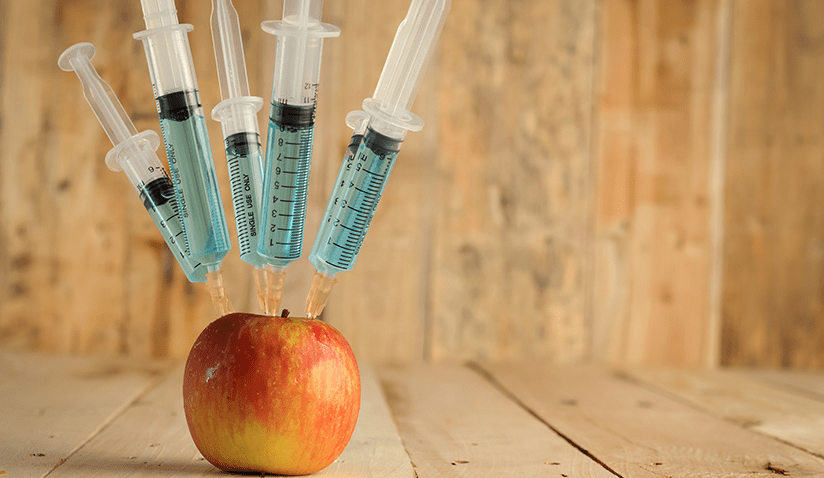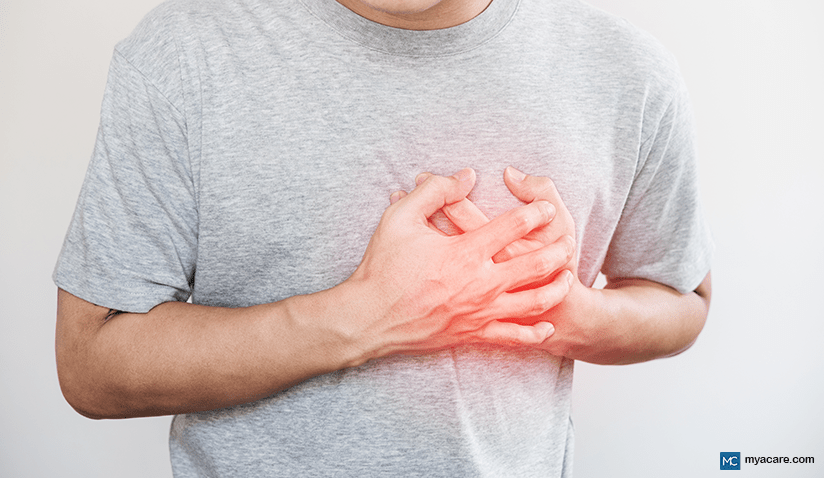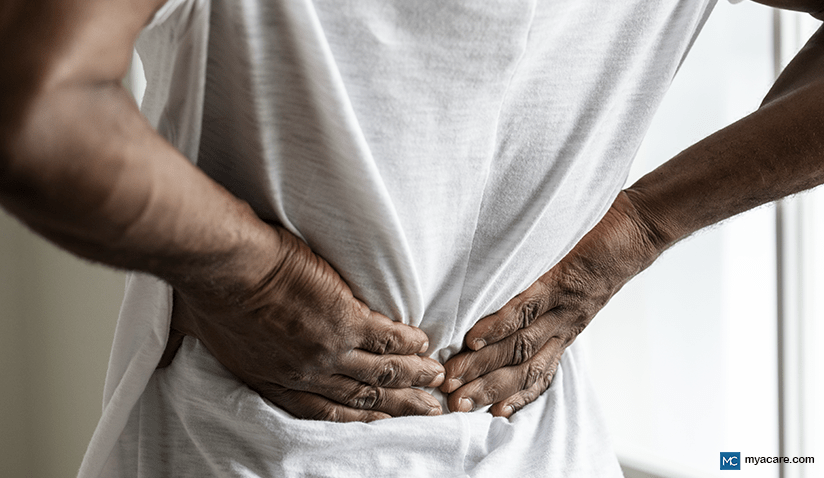TOXINS IN FOOD

You can’t reach for a fork these days without hearing about one toxic food trouble or another. In order to take a significant bite out of the potential dangers lurking on our dinner plates and avoiding the toxins found in some foods, it is important to read labels, understand the sources of where our food comes from, and keep the kitchen clear of certain unsavory ingredients. Below are some of the most common toxins to avoid:
Pesticides
Used to raise and treat plants, these poisons often leave behind a residue. They’ve been linked to everything from cancer to birth defects.
BHA (Butylated Hydroxyanisole) & BHT (Butylated Hydroxytoluene)
These common processed food preservatives have been declared carcinogens by the International Agency for Research on Cancer. They’re also accused of disrupting hormones and impacting male fertility.
Recombinant Bovine Growth Hormone (rBGH/rBST)
Given to cows to increase milk production, rGBH produces elevated levels of insulin-like growth factor-1 (IGF-1) in dairy products. IGF-1 is a significant risk for breast, prostate and colon cancers.
Sodium Aluminum Sulphate and Potassium Aluminum Sulphate
Used in processed cheese products, baked goods, and microwavable popcorn, among other packaged goods, these ingredients are linked to adverse reproductive, neurological, behavioural, and developmental effects.
Bisphenol-A (BPA)
Found in food and beverage can linings, this hormone-mimicker is suspected of increasing the risk of breast and prostate cancers, reproductive and behavioural problems, obesity, and diabetes.
What are the solutions?
- Reduce your intake of animal-derived products (meat, fish, egg, poultry and dairy) and include more plant-based foods in your diet (nuts, seeds, legumes, plant-based milk, etc)
- Wash and scrub all fresh fruits and vegetables thoroughly under running water. Running water has an abrasive effect that soaking does not have. This will help remove bacteria and traces of chemicals from the surface of fruits and vegetables, and dirt from crevices. Not all pesticide residues can be removed by washing. Before washing with water, products can be soaked in white vinegar
- Peel fruits and vegetables when possible to reduce dirt, bacteria, and pesticide residue. Discard the outer leaves of leafy vegetables. Trim fat from meat and skin from poultry and fish because some pesticides residues collect in fat
- Eat a variety of foods, from a variety of sources. This will provide you with a better mix of nutrients and reduce your likelihood of exposure to a single pesticide
- Choose organic products whenever possible
- Avoid canned and processed foods
- Stop using plastic: say no to straws and plastic bottles. Invest in your own BPA-free bottle
- Always read the label and ingredients list to avoid those toxins
Here at Thanyapura we offer a number of detox packages. Together we can customise a program best suited for you (plant-based meal plans, juice cleanses, colon hydrotherapy, Ozone therapy, etc). Don’t hesitate to contact us.
Disclaimer: Please note that Mya Care does not provide medical advice, diagnosis, or treatment. The information provided is not intended to replace the care or advice of a qualified health care professional. The views expressed are personal views of the author and do not necessarily reflect the opinion of Mya Care. Always consult your doctor for all diagnoses, treatments, and cures for any diseases or conditions, as well as before changing your health care regimen. Do not reproduce, copy, reformat, publish, distribute, upload, post, transmit, transfer in any manner or sell any of the materials in this blog without prior written permission from myacare.com.



